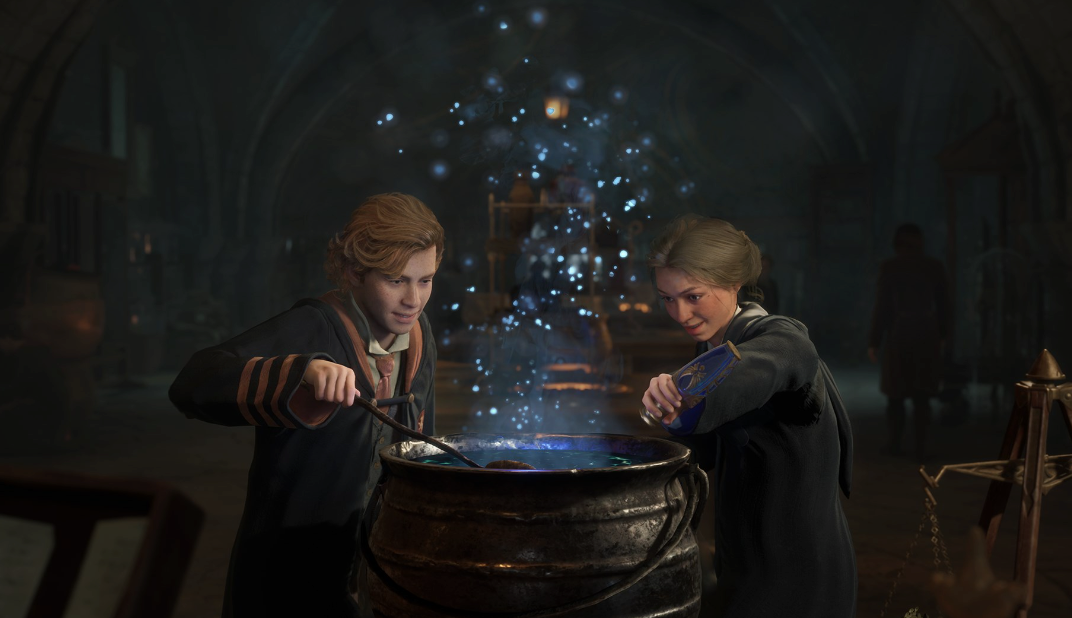diffusionx
Gold Member
This is a common misconception. Nobody wants to play these games. They don't do well, and they're not even necessarily that cheap to make anymore. Immortals of Averneum was a nine-figure game. Lamplighter League bombed so hard that Paradox washed their hands of it within days of release. Wild Hearts was forgotten instantly as people went back to Monster Hunter.We need to get back to medium budget sized games in which the development team wasn't forced to "streamline" every single aspect of the game so it had to sell a minimum 10 million copies to break even. The irony is that in the digital age with all those third party engines readily available, being a AA dev is easier than has ever been. Publishers will always seek popular trends and attempt to cash in on the craze though. These publishers got way too big and shareholders too greedy. That's the origin of the problem.
The only thing that consistently seems to work are massive, $200M+ projects with tons of marketing behind it, continuations of huge franchises, and remasters of old games. I think modern gamers are more likely to play a remaster than an "AA" type game.
You can see this in the top 20 selling vidya of last year:

Smaller games that "hit" is basically a crapshoot and you can't plan for your game becoming Palworld, or Dave the Diver, or something like that.



